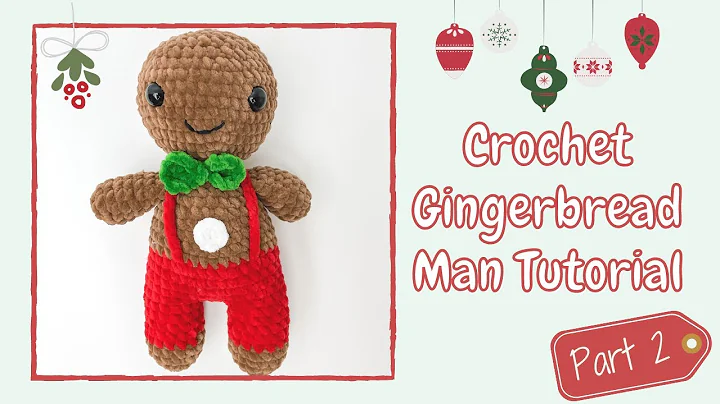Learn to Crochet the C2C Join as You Go Blanket with Part 2
Table of Contents
- Introduction
- The Corner-to-Corner Joint-as-You-Go Project
- Gathering Materials and Tools
- Starting the Project
- Selecting Yarn and Hook Size
- Chaining Up and Beginning the First Square
- Creating Clean Edges
- Joining the Squares
- Slip Stitching into the Space or the Stitch
- Chaining Up and Slip Stitching to Connect
- Progressing through the Rows
- Continuing the First Tier
- Turning the Work and Adding Double Crochets
- Completing the Second Tier
- Adding the Pink Blocks
- Chaining Up the Third Row
- Double Crocheting and Slip Stitching
- Decreasing the Square
- Continuing the Strip of Blocks
- Creating More Dimension
- Expanding the Size of the Piece
- Starting the Next Tier and Layer
- Conclusion
- Frequently Asked Questions
The Corner-to-Corner Joint-as-You-Go Project
The corner-to-corner joint-as-you-go crochet project is a popular technique that allows you to create beautiful and intricate designs. This technique involves working squares diagonally from one corner to another and joining them together as you crochet. It's a versatile method that can be used to make blankets, scarves, and other accessories.
To start the project, you will need a few materials and tools. The most important ones are yarn and a crochet hook. You can choose any type of yarn and the corresponding crochet hook size based on your preferences. Different yarns will give a different texture and feel to your project, so feel free to experiment with different options.
Once you have gathered your materials, it's time to begin the project. Start by chaining up and creating the first square. It's essential to keep in mind where you started, which is usually in one of the corners. Insert your hook into the stitch or space to trap the yarn and create clean edges. Follow the pattern and instructions for the specific block you are working on, such as double crochets and slip stitches.
As you progress through the rows, you'll need to join the squares together. There are two methods you can choose from: slipping stitch into the space or slipping stitch into the stitch. Both methods have their advantages, so choose the one that works best for you. The key is to maintain neat and concise joins to give your project a finished look.
Once you've completed the first tier, it's time to add the pink blocks. Chain up and continue working double crochets and slip stitches, following the pattern. To decrease the size of the square, use the same technique as before but in a different direction. This will create a beautiful and intricate design.
To create more dimension and expand the size of your piece, you can continue adding more blocks and layers. This will give your project a unique and visually appealing look. Experiment with different colors and patterns to create a design that reflects your style and creativity.
In conclusion, the corner-to-corner joint-as-you-go crochet project is a versatile and enjoyable technique. With a few materials and tools, you can create beautiful and intricate designs. Follow the instructions and patterns to create squares and join them together. Expand the size of your project by adding more blocks and layers. Let your creativity flow and enjoy the process of crocheting. Happy stitching!
Frequently Asked Questions
Q: Can I use different yarn types for this project?
A: Yes, you can use any type of yarn based on your preferences. Different yarns will give a different texture and feel to your project, so feel free to experiment with different options.
Q: How do I join the squares together?
A: There are two methods you can choose from: slipping stitch into the space or slipping stitch into the stitch. Both methods have their advantages, so choose the one that works best for you.
Q: How can I make the square smaller?
A: To decrease the size of the square, use the same technique as before but in a different direction. This will create a beautiful and intricate design.
Q: How can I expand the size of my project?
A: To create more dimension and expand the size of your piece, continue adding more blocks and layers. This will give your project a unique and visually appealing look. Experiment with different colors and patterns.
 WHY YOU SHOULD CHOOSE BEAUTYBADY
WHY YOU SHOULD CHOOSE BEAUTYBADY







